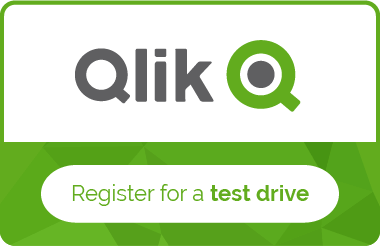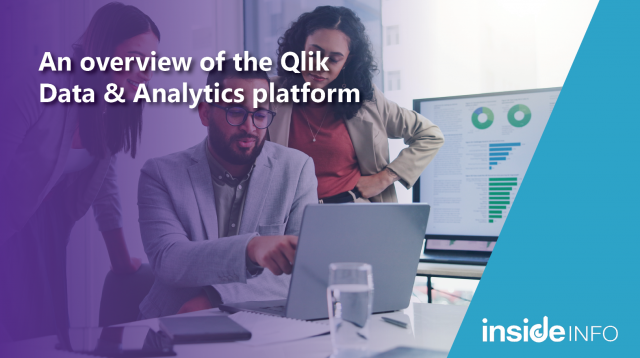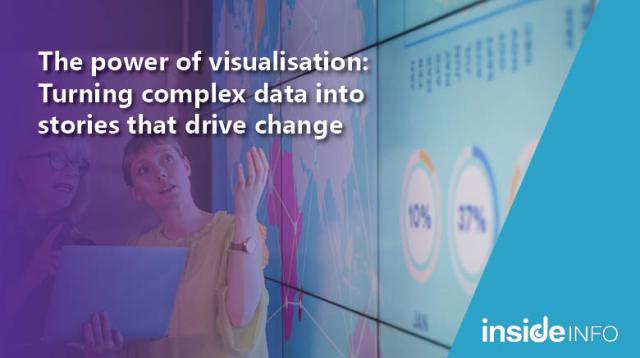
To keep up with the dynamic business landscape, businesses need to forecast their sales and operations with precision. However, many businesses face challenges with forecasting due to data silos and outdated methods. In this article we will explore how to transform forecasting processes, ensuring more reliable and relevant insights.
A recent study found that 80% of sales organisations have a forecast accuracy lower than 75%, resulting in substantial waste and lost potential.
The Importance of Accurate Forecasting
Impact on Business Strategy
Accurate forecasting is the backbone of informed strategic decision-making. It enables businesses to anticipate market trends, allocate resources efficiently and make proactive decisions that drive growth. Poor forecasting, on the other hand, can lead to missed opportunities, financial losses, and strategic missteps.
Operational Efficiency
Effective forecasting enhances operational efficiency by improving inventory management, optimising supply chain operations, and ensuring proper resource allocation. It helps businesses maintain the right balance between supply and demand, reducing excess inventory costs and minimising stockouts.
Challenges in Traditional Forecasting Methods
Data Silos and Inconsistencies
Traditional forecasting methods often rely on fragmented data from various sources, leading to inconsistencies and inaccuracies. Data silos prevent a comprehensive view of the business, making it difficult to generate reliable forecasts.
Limited Predictive Capabilities
Many traditional tools lack advanced predictive capabilities, relying instead on historical data and basic statistical methods. This limits their ability to provide accurate forecasts, especially in dynamic and rapidly changing markets.
Transforming your forecasting
Integration and Data Consolidation
Qlik integrates disparate data sources into a single, unified view, breaking down silos and ensuring consistency. This holistic approach allows businesses to leverage all available data, resulting in more accurate and comprehensive forecasts.
For instance, a food manufacturer/distributor dealing with major channels like Woolworths, Coles, IGAs, and independent stores, can use many inputs to their sales and operations planning process. This includes:
- Actual sales history
- Planned sales orders
- System-generated demand plans
- Customer’s forecasts.
- Customer’s retail sell-though
- Planned purchases and planned manufacturing orders
- Promotional activities
- Current stock levels, etc.
Using this comprehensive data, Qlik can help systematically calculate forecast stock quantities to assess stock outs and future purchasing plans. This is vital for understanding the impact on customer service and aligning with customer expectations.
Advanced Analytics and Predictive Insights
Qlik’s advanced analytics features, including predictive modelling and machine learning, enhance forecasting accuracy. By analysing patterns and trends in historical data, Qlik can generate predictive insights that help businesses anticipate future outcomes. For example, a retail company using Qlik was able to consolidate sales data from multiple channels, gaining a complete view of their operations and significantly improving their sales forecasts.
Enhancing Capabilities
Expert Implementation and Support
Inside Info plays a crucial role in helping businesses implement Qlik effectively. Our team of experts provides comprehensive support, ensuring that businesses maximise the benefits of Qlik’s powerful features. From initial setup to ongoing maintenance, we offer the expertise needed to achieve optimal results.
Customised Solutions for Unique Business Needs
Inside Info tailors Qlik solutions to meet the specific needs of each business. By understanding the unique challenges and goals of our clients, we deliver customised solutions that drive better forecasting outcomes. For example, combining customer data with internal forecast data to ensure alignment and generate exception lists of any issues.
Future Trends in Sales and Operations Forecasting
AI and Machine Learning
The future of forecasting lies in AI and machine learning. These technologies enable more accurate and dynamic predictions by continuously learning from new data and adapting to changing conditions. Businesses that adopt AI-driven forecasting tools will gain a significant competitive advantage.
Real-time Data Analytics
By analysing data as it is generated, businesses can make faster, more informed decisions. This shift towards real-time analytics will enhance forecasting accuracy and responsiveness, helping businesses stay ahead of the curve.
Accurate sales and operations forecasting is essential for business success. Qlik and Inside Info provide the tools and expertise needed to transform traditional forecasting methods, delivering more accurate and actionable insights. As businesses embrace these advanced technologies, they will be better equipped to navigate the complexities of the modern market and achieve sustainable growth.




